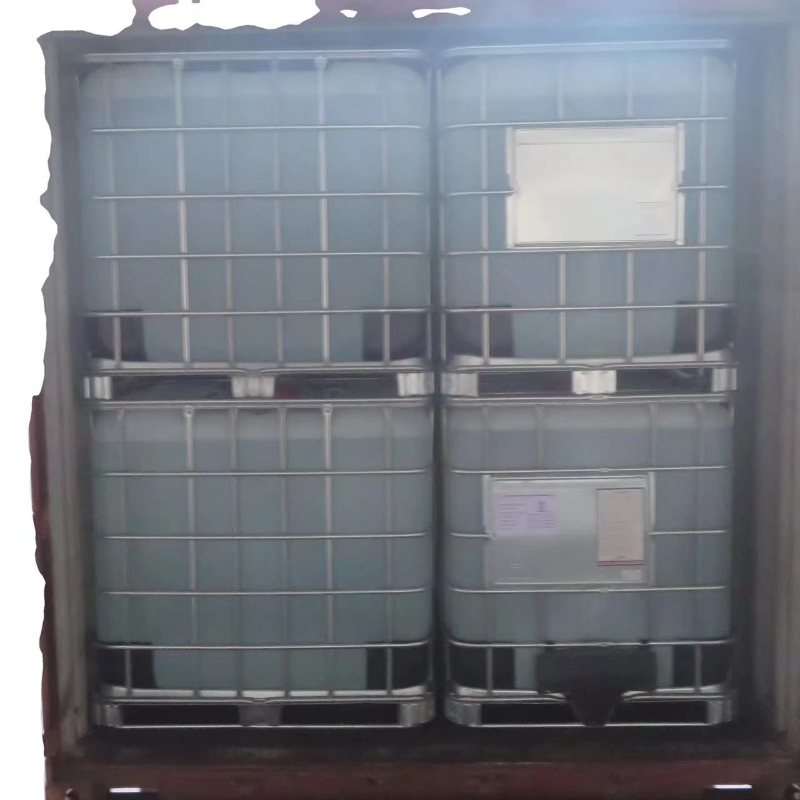-
Categories
-
Pharmaceutical Intermediates
-
Active Pharmaceutical Ingredients
-
Food Additives
- Industrial Coatings
- Agrochemicals
- Dyes and Pigments
- Surfactant
- Flavors and Fragrances
- Chemical Reagents
- Catalyst and Auxiliary
- Natural Products
- Inorganic Chemistry
-
Organic Chemistry
-
Biochemical Engineering
- Analytical Chemistry
- Cosmetic Ingredient
-
Pharmaceutical Intermediates
Promotion
ECHEMI Mall
Wholesale
Weekly Price
Exhibition
News
-
Trade Service
Despite significant advances in persistent mechanical support survival, infection complications remain the most common adverse event after vascillary assist device (VAD) implantation and the main cause of early post-transplant death.
in this study, we aim to describe local infectious disease epidemiology, review short-term survival rates and infection rates in post-transplant periods, and assess risk factors for post-transplant infection events.
a retrospective single-center study of all consecutive adult heart transplant patients from 2008 to 2017.
use the Kaplan-Meier method to evaluate and summarize survival data.
we used the Fine-Gray model to quantify and assess differences in morbidity between patients with or without infection.
is the timing of the first infection diagnosis with post-transplant death as a competitive event.
results showed that 74 (26.5%) of the 278 heart transplant patients received LVAD implants.
21 patients (28.3%) developed infection with the support of LVAD.
BMI was significantly higher than in patients without LVAD support from previous infections (31.2 vs 27.8 kg/m2, P s .03).
after transplantation, the medium follow-up time was 3.01 years.
Important risk factors for a decline in competitive risk of post-cardiac transplant infection include LVAD infection (HR 1.94, s95%CI) 1.11-3 when adjusting the recipient's age, gender, hypertension, diabetes and body mass index .39, P s .020) and recipient COPD (HR 2.14, s95%CI) 1.39-3.32, P s 0.001).
, the results showed a significant increase in the risk of infection complications in patients with LVAD-related infections after heart transplantation.
further research on avoiding inducing agents and reducing maintenance immunosuppression is necessary in this patient population.
.







